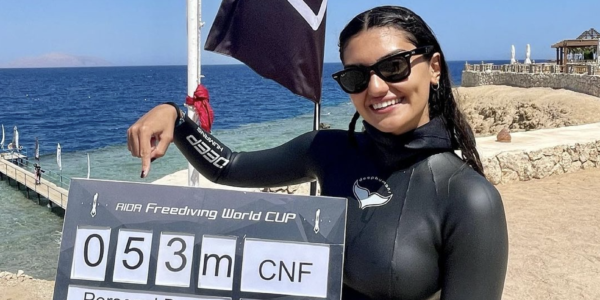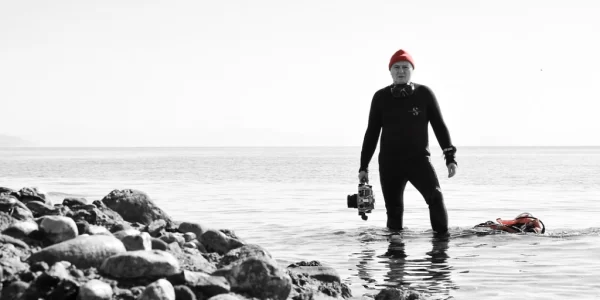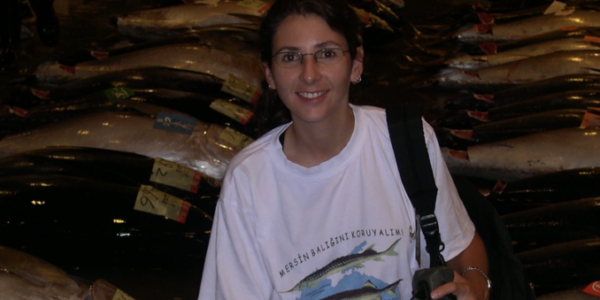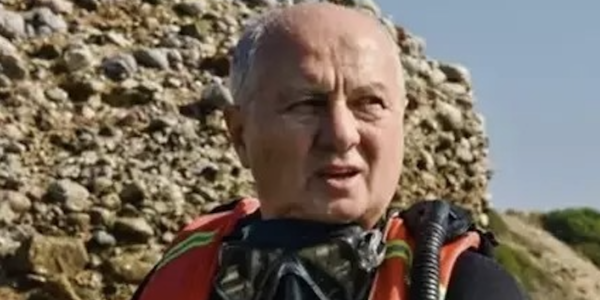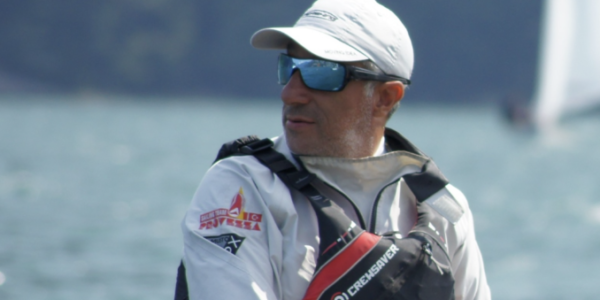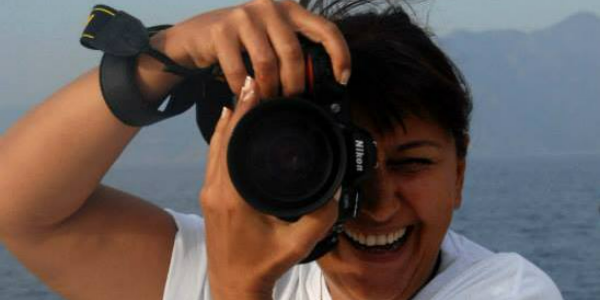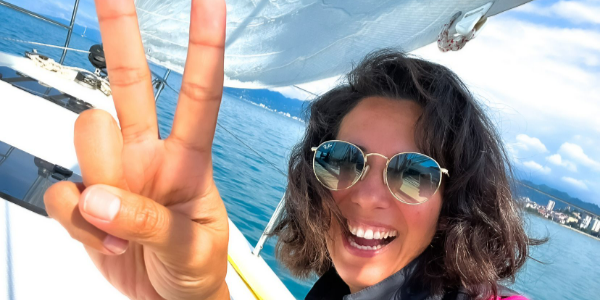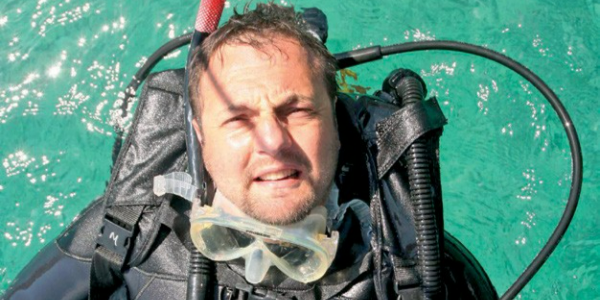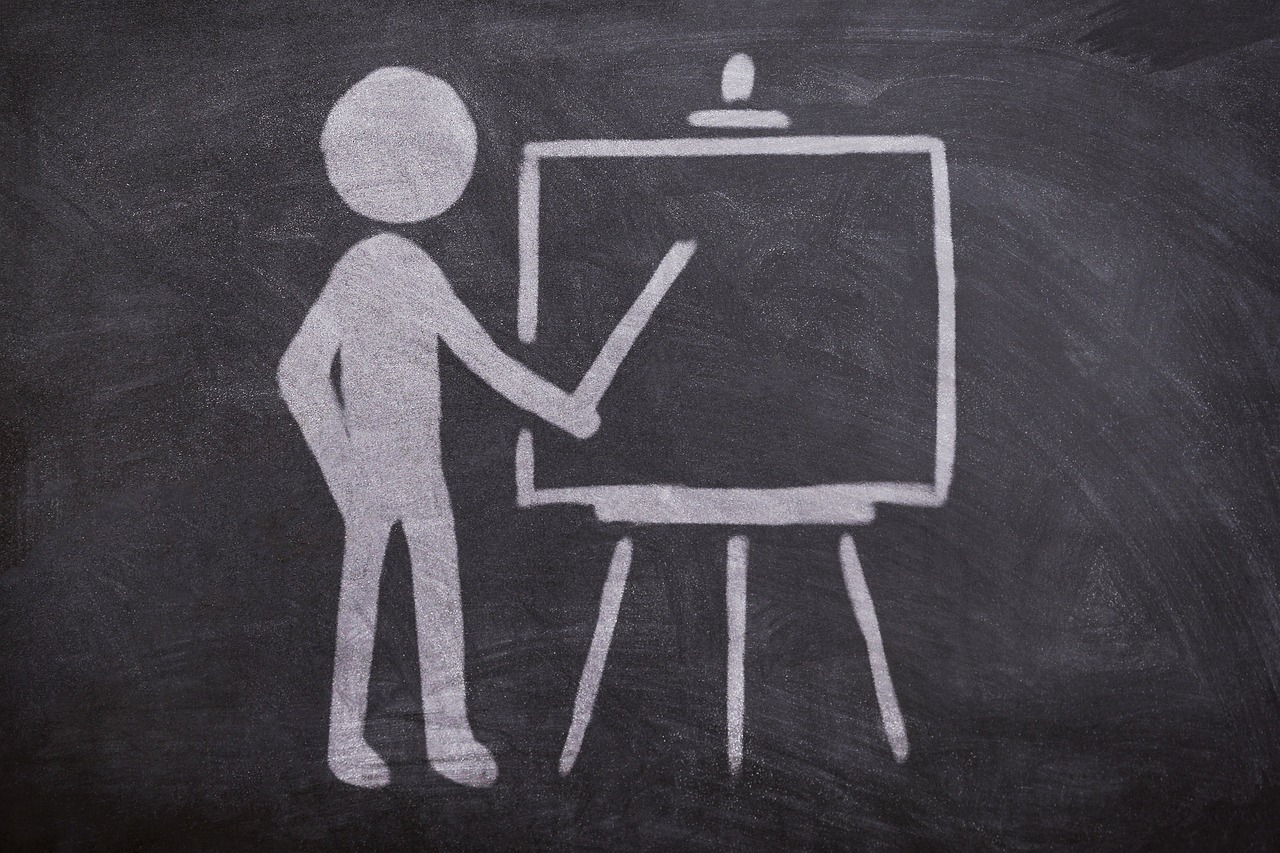Panic is a sudden, overwhelming feeling of fear, and full-blown panic underwater can be extremely dangerous to not only the panicking diver but also to his or her buddy or anyone attempting to assist. Here are the steps that will help you assist a panicking scuba diver and have a successful outcome.
1) Stay calm. It doesn’t help the situation if you also begin to panic. Panic can lead to poor decision-making, such as bolting to the surface. Remember the mantra: Stop, Breathe, Think, Act. Your attitude is key because when rescuing a diver in trouble your calm manner will help calm him or her.
2) Make eye contact. Communicate as best you can that you are there to help them; often, making eye contact is enough to help calm a panicked diver.
3) Assess the situation. Is the diver panicking for a real emergency, such as an out-of-air situation? Or is it for some other reason that can be easily rectified, like helping them get control of their buoyancy? Use the “OK” signal as a question, so that he or she can communicate what’s wrong. Use your hand as a “stop sign” to encourage them to remain calm. If this succeeds, they should be able to signal to you what the problem is.
4) Move deliberately and as quickly as possible if the diver is still in panic mode. As long as the diver isn’t attempting to rip your regulator out of your mouth, approach the diver and then reach out with your left hand to grasp their right arm at the bicep. If they are in an out-of-air emergency, you can now offer your octo reg with your right hand. If they need help with an equipment problem, assist them in addressing the issue. These problems can range from entanglement issues to a free-flowing reg. If it’s an issue where the diver is struggling to maintain neutral buoyancy, release air from his or her BC.
5) Pause for a moment. Make sure the diver has regained his or her composure.
6) Avoid danger to yourself. If you are not able to help a panicked diver, you should release them, regain a safe ascent rate and deal with the issue when you arrive at the surface. “Sometimes, you do everything reasonably and appropriately, and you still do not have a happy ending,” says PADI’s technical development executive Karl Shreeves. “You did your best under the circumstances, and it’s critical to have that perspective.”
Take a rescue course. When divers start to panic, there are telltale signs you will learn to recognize once you take this invaluable course. “Real rescues are ugly,” says Rainbow Reef Dive Center’s Career Development Director Kell Levendorf. “Recognizing the warning signs is the best method to proactively defuse a panic situation.”
Source: sport diver
